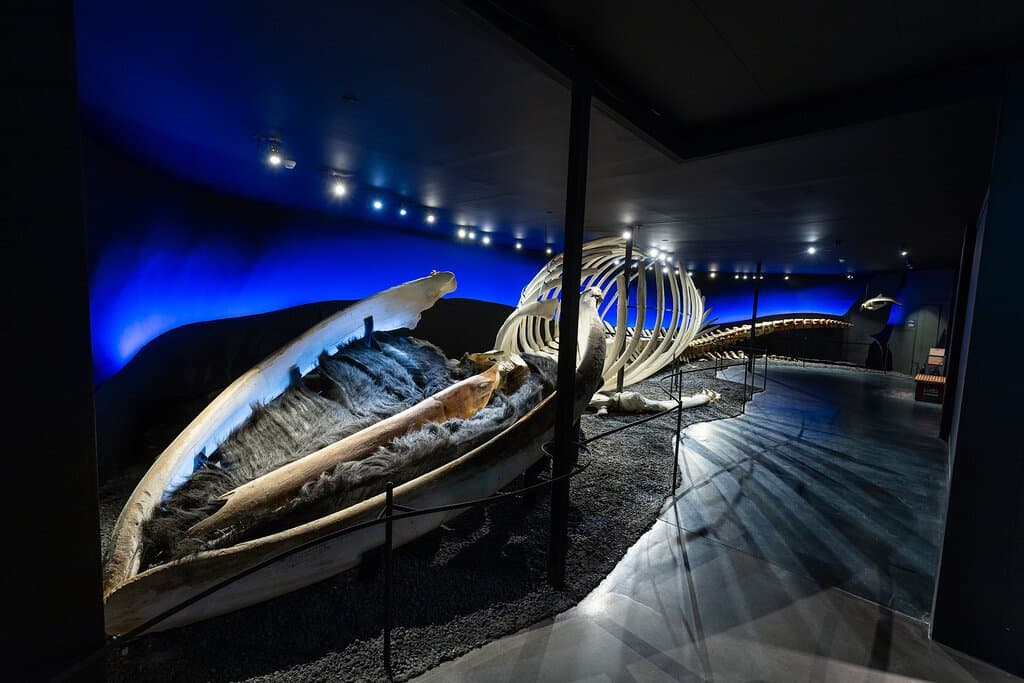
Húsavík Whale Museum
Discover the fascinating world of whales with impressive skeletons and in-depth exhibits on marine life and conservation.

Highlights
Must-see attractions
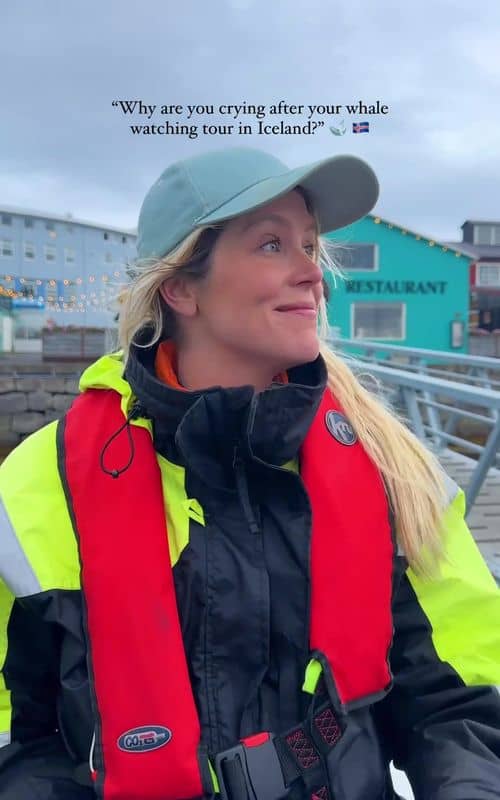
Social
From TikTok & Reddit
Best Time
Catch the last film screening.

Húsavík Whale Museum
Best Time
Catch the last film screening.

Highlights
Must-see attractions
Discover the fascinating world of whales with impressive skeletons and in-depth exhibits on marine life and conservation.
"A true gem in Iceland's whale capital, offering a deep dive into marine life and conservation."
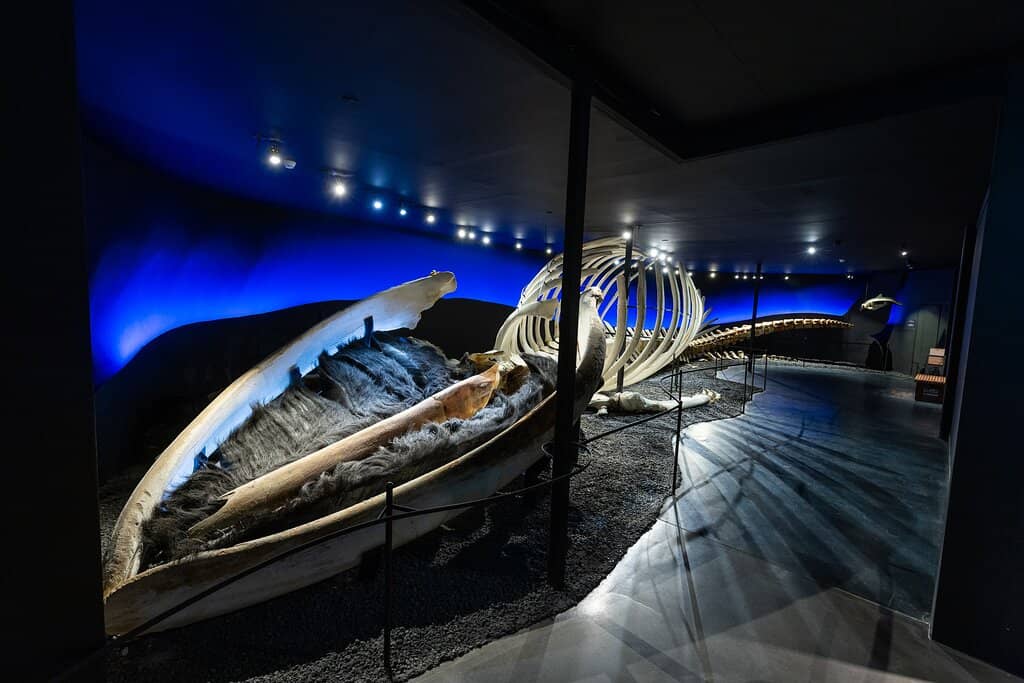
🎬 Catch the Film
The documentary plays hourly; check the schedule to avoid missing it! Last show is at 4 PM.
💰 Discount Alert!
If you're whale watching with North Sailing, you might get a discount on your museum ticket.
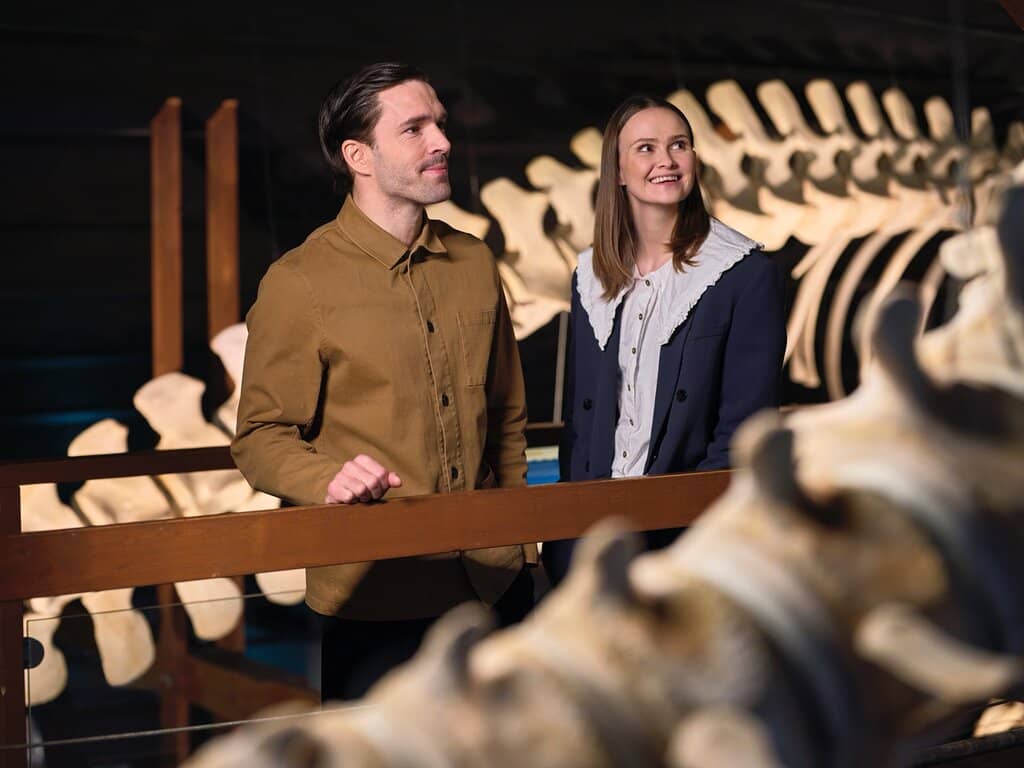
Highlights
Discover the most iconic attractions and experiences

Whale Skeletons
Main Exhibition Hall
Marvel at impressive skeletons of various whale species, offering a tangible connection to these giants of the sea.

Documentary Film
Screening Room
Gain deeper insights into whale behavior, habitats, and conservation through an informative film.

Climate Change & Conservation
Second Floor Exhibition
Understand the critical link between climate change and whale populations, and learn about conservation efforts.
Plans like a pro.
Thinks like you
Planning Your Visit
Timing Your Visit
Accessibility & Engagement
Best Times
Insider Tips
from TikTok, Instagram & Reddit
🎬 Catch the Film
The documentary plays hourly; check the schedule to avoid missing it! Last show is at 4 PM.
💰 Discount Alert!
If you're whale watching with North Sailing, you might get a discount on your museum ticket.
Husavik Whale Watching Tour Suggestions
🚶♀️ Limited Accessibility
The second floor is not accessible by elevator. Plan accordingly if mobility is a concern.
📚 Read Up!
There's a lot of information to absorb; allow at least 1.5 hours to fully appreciate the exhibits.
Husavik whale watching tour vs. more time in Snaefellsnes Peninsula
Tips
from all over the internet
🎬 Catch the Film
The documentary plays hourly; check the schedule to avoid missing it! Last show is at 4 PM.
💰 Discount Alert!
If you're whale watching with North Sailing, you might get a discount on your museum ticket.
🚶♀️ Limited Accessibility
The second floor is not accessible by elevator. Plan accordingly if mobility is a concern.
📚 Read Up!
There's a lot of information to absorb; allow at least 1.5 hours to fully appreciate the exhibits.
🎁 Unique Souvenirs
The gift shop offers beautiful, unique whale-themed items – perfect for mementos.
What Travellers Say
Reviews Summary
The Husavik Whale Museum is a well-organized and informative gem, praised for its impressive whale skeletons and in-depth exhibits on marine life and conservation. Visitors appreciate the educational content and the knowledgeable staff, though some suggest it could be more interactive for children and note accessibility limitations due to the lack of an elevator. The reasonable entry fee and unique gift shop add to its appeal.
"Quite nice but not big museum with many scheletons of whales and some interesting notices to read, a nice film but unfortunately it plays just every hour and last show is at 4pm...it can be a bit more interactive specially for children but it is a good experience indeed."
Davide F.
"terrific work, we learn a lot, and not only about whales but about our planet and its evolution.
highly recommended even if there's a lot to read. it s easy to stay there at least 1.5 hour."
Fabrice Galloo
"I am not the museum kind but this museum was worth a visit. It can be categorized into three broad sections- 1. On whales, their anatomy, types and social behavior; 2. Climate change and as it relates to Arctic area and whales; 3. Whale’s role in human life as food and other uses of whale’s body after it dies.
Overall very balanced information and incredibly useful. I found several facts that kept me engaged despite the number of exhibits that can feel a bit dry.
Children enter free and if you do whale watching with north sailing, we got some additional discounts.
I strongly recommend a visit here."
Ram Ramakrishnan
What People Like
What People Dislike
Frequently Asked Questions
🚇 🗺️ Getting There
The Husavik Whale Museum is located in the heart of Husavik, Iceland. If you're arriving by car, there is usually parking available nearby. Many visitors combine their museum visit with whale watching tours that depart from the harbor, which is a short walk away.
Husavik is a scenic drive from Reykjavik, taking approximately 5-6 hours. Alternatively, you can consider domestic flights to Husavik Airport, followed by a short taxi or bus ride to the town center.
🎫 🎫 Tickets & Entry
The museum typically opens in the morning and closes in the late afternoon, with the last film screening usually at 4 PM. It's advisable to check their official website or contact them directly for the most up-to-date hours, especially during different seasons.
Admission fees are generally reasonable. Adults can expect to pay around 200 ISK (approximately 1.50 USD or 1.40 EUR), and children often enter for free. Discounts may be available if you book whale watching tours with certain companies.
Tickets can usually be purchased at the museum upon arrival. For specific group bookings or if you want to guarantee entry during peak times, it's worth checking if advance online booking is an option on their website.
While specific senior or student discounts aren't always advertised, children often get free entry. It's always a good idea to inquire at the ticket counter about any available concessions.
🎫 🧭 Onsite Experience
Most visitors find that 1.5 to 2 hours is sufficient to explore the exhibits and watch the documentary film. However, if you're deeply interested in marine biology or want to read every notice, you could easily spend longer.
The museum offers a lot of educational content, including impressive whale skeletons. While some visitors feel it could be more interactive for younger children, the film and the sheer scale of the skeletons are usually captivating.
Unfortunately, the museum has two floors but lacks an elevator, making the second floor inaccessible for individuals with mobility challenges.
You'll find informative displays on whale anatomy, species, social behavior, the impact of climate change on Arctic whales, and the historical role of whales in human life. The highlight for many is the collection of whale skeletons.
Generally, photography for personal use is allowed, but flash photography might be restricted to protect the exhibits. It's best to check for any specific signage or ask museum staff.
🍽️ 🍽️ Food & Dining
The museum itself does not typically have a restaurant or cafe. However, Husavik is a charming town with several restaurants and cafes located within walking distance of the museum, offering local Icelandic cuisine.
Husavik offers a range of dining experiences, from casual cafes to restaurants serving fresh seafood, lamb, and traditional Icelandic dishes. You'll find options to suit various tastes and budgets.
📸 📸 Photography
The most striking photo opportunities are undoubtedly the large whale skeletons, offering a sense of scale and wonder. The exhibition displays also provide visually interesting elements, especially those detailing whale anatomy and habitats.
While personal photography is usually permitted, it's wise to avoid using flash, as it can damage delicate exhibits over time. Always look for signs or ask staff if you're unsure about specific areas.
For Different Travelers
Tailored advice for your travel style
👨👩👧 Families with Kids
While some reviewers note that the museum could be more interactive for younger kids, the free entry for children is a significant plus. Parents might want to prepare their children beforehand about the amount of reading involved, or focus on the visual aspects like the skeletons and the film to keep them engaged. The gift shop also has unique items that kids might enjoy.
🤓 Marine Life Enthusiasts
The museum's focus on scientific basis and ethical considerations, particularly regarding whaling, will resonate with those who value responsible tourism and conservation. The opportunity to learn about local whale species before embarking on a whale watching tour adds significant value to the experience.
🚶♀️ Travelers with Mobility Concerns
Deep Dives
In-depth insights and expert knowledge
Understanding Whales: Beyond the Skeletons
The museum also highlights the crucial role whales play in the global ecosystem and the threats they face. Exhibits often touch upon the history of whaling and its impact, as well as contemporary conservation efforts. This educational approach aims to foster a sense of responsibility towards protecting these magnificent creatures and their habitats.
For those planning a whale watching tour, the museum serves as an excellent primer. Understanding the species you might encounter and their behaviors beforehand can significantly enhance the overall experience. It provides context and a richer narrative to the sightings you might have out on the water.
Climate Change and Arctic Whales
Visitors learn how these environmental shifts can disrupt feeding grounds, breeding cycles, and migration routes for various whale species. The museum emphasizes that the Arctic is particularly vulnerable, and the changes observed there have far-reaching consequences for marine biodiversity. It's a sobering but essential part of the visitor experience, encouraging reflection on human impact.
The museum doesn't just present the problem; it also touches upon the importance of conservation initiatives aimed at mitigating these effects and protecting whale populations for future generations. This focus on conservation underscores the museum's commitment to education and advocacy for marine life.
The Museum Experience: What to Expect
While the museum offers a documentary film, it's important to note that screenings are hourly, and the last show is typically at 4 PM. This schedule requires some planning to ensure you don't miss it. Some reviewers suggest that while the content is excellent, the museum could benefit from more interactive elements, particularly for younger visitors.
Despite these minor points, the overall sentiment is highly positive. The staff are frequently commended for their helpfulness and knowledge, with some even being able to communicate in multiple languages, including Polish. The souvenir shop is also a highlight, offering unique and beautiful whale-related items.
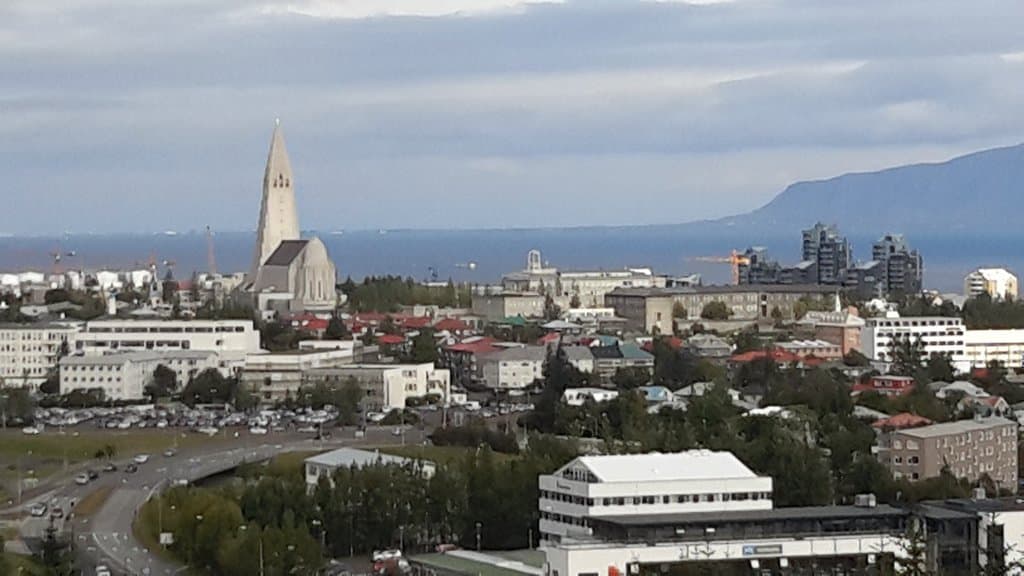





Social
from TikTok, Instagram & Reddit